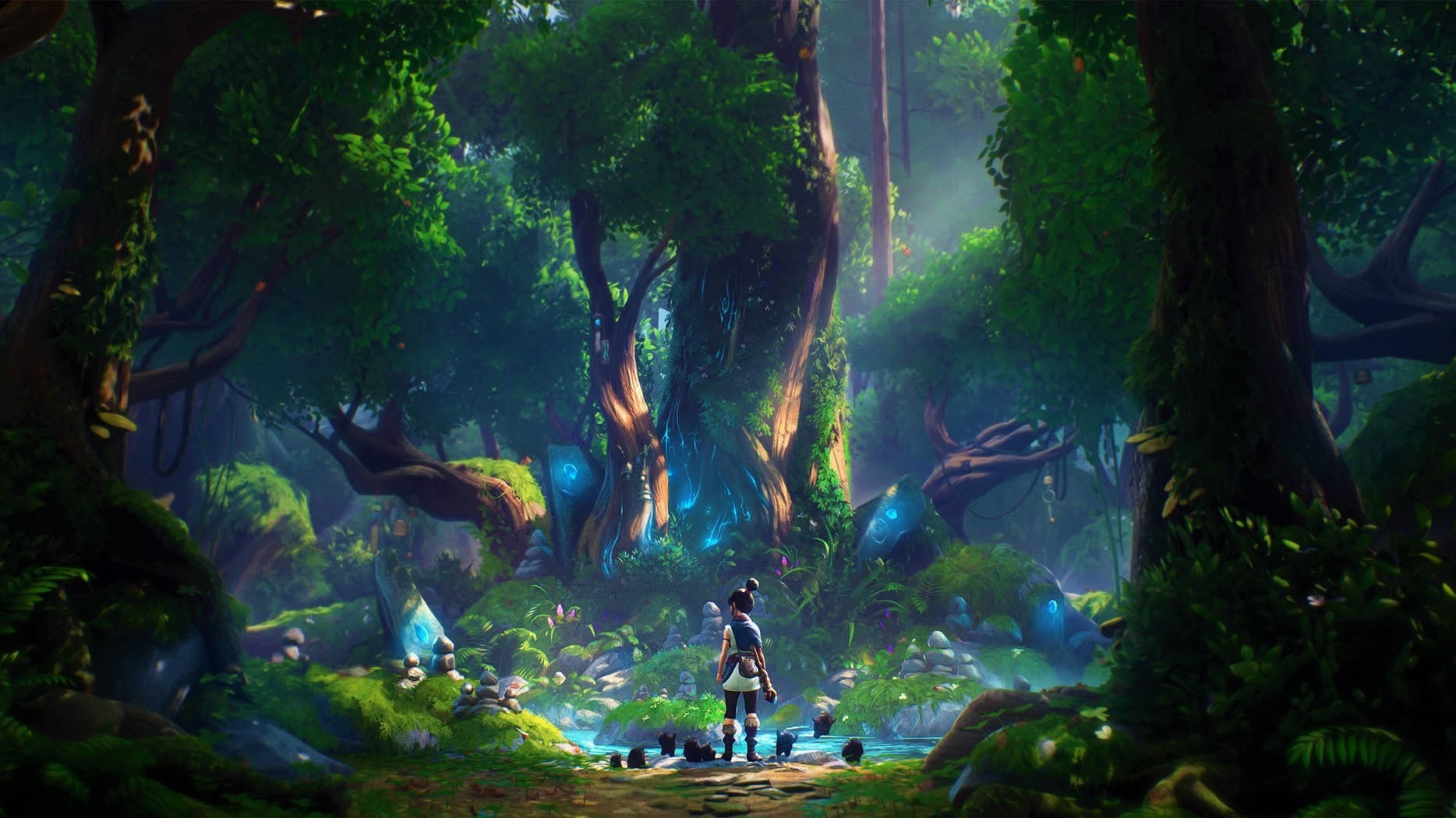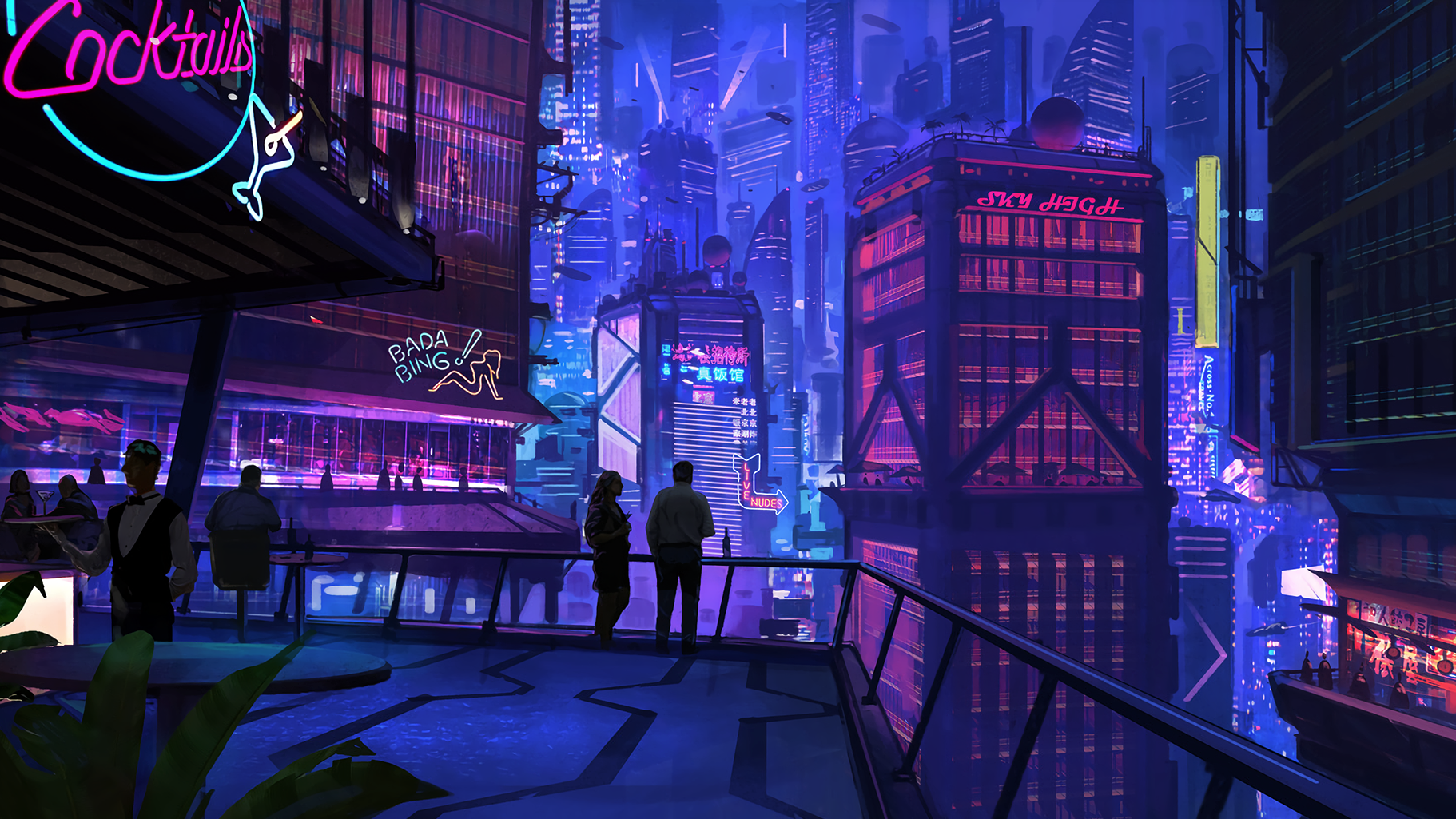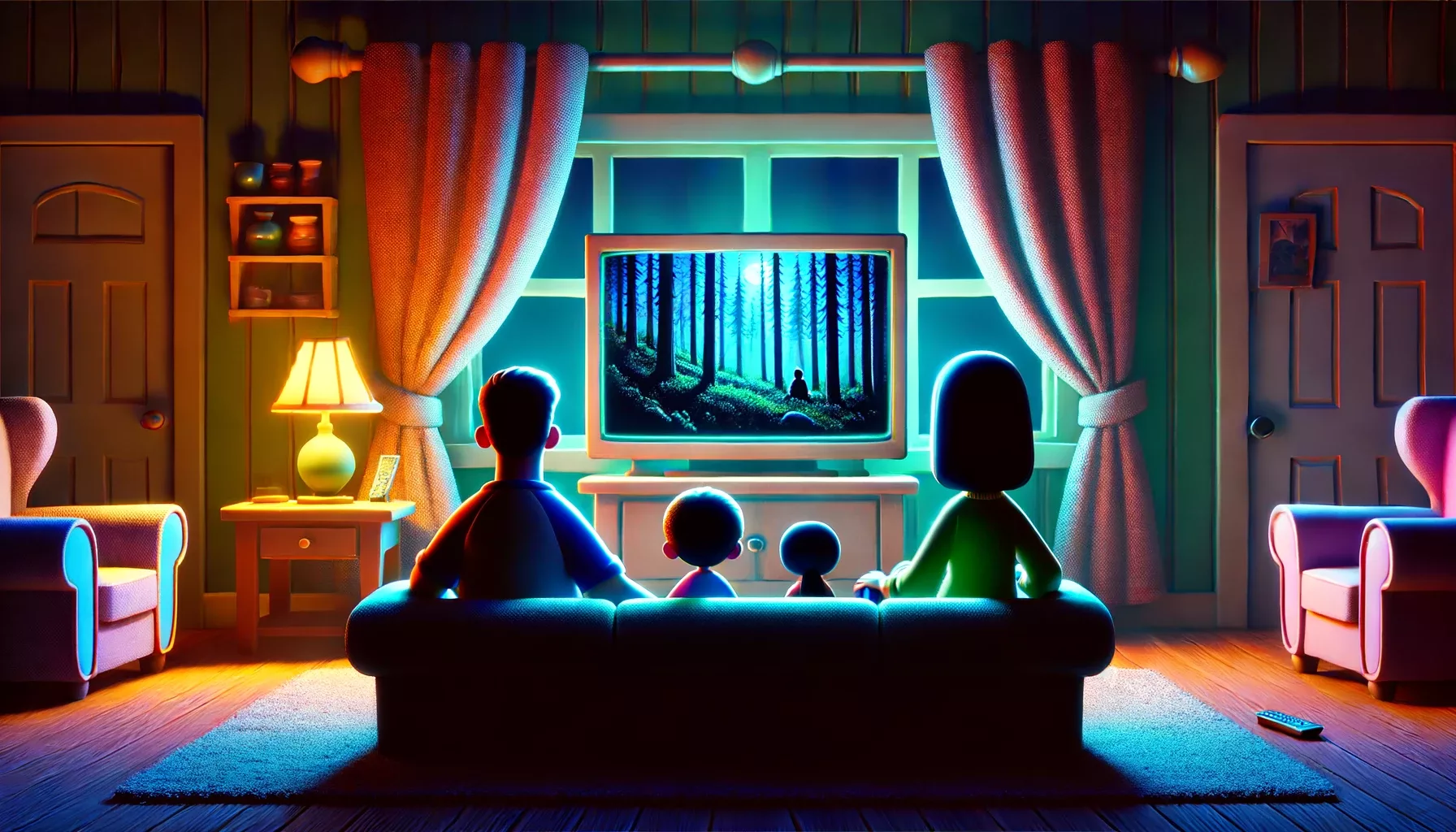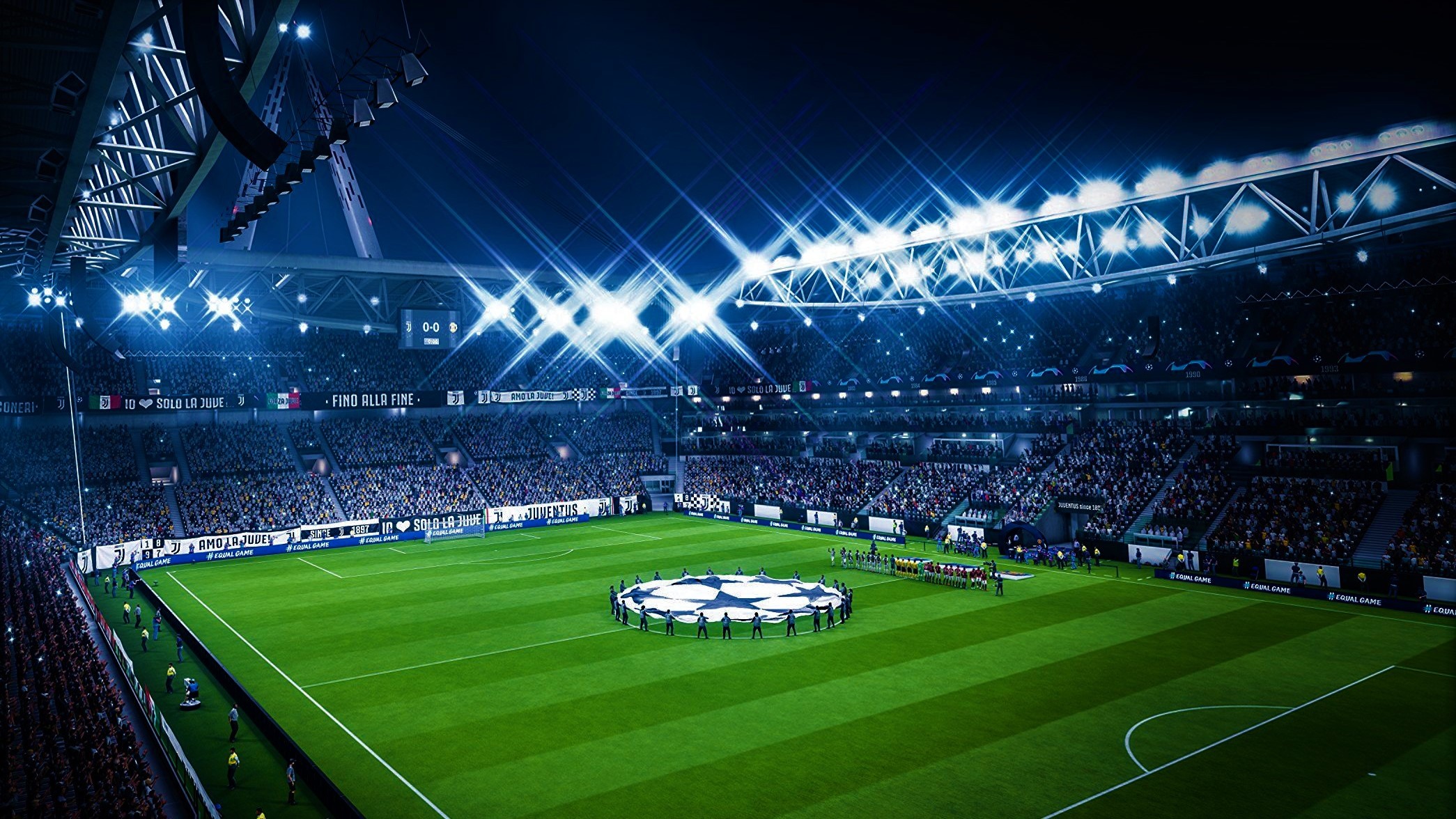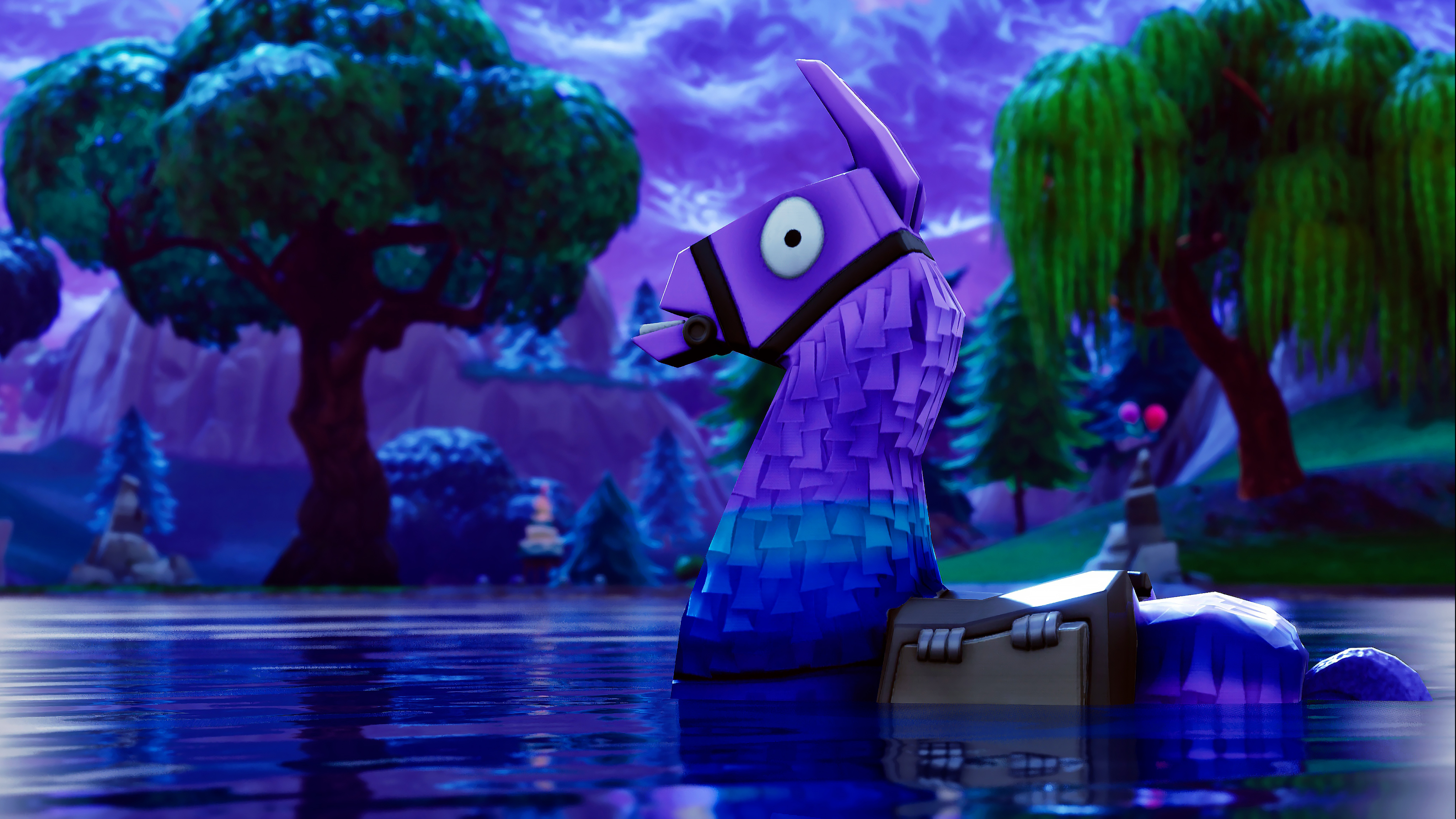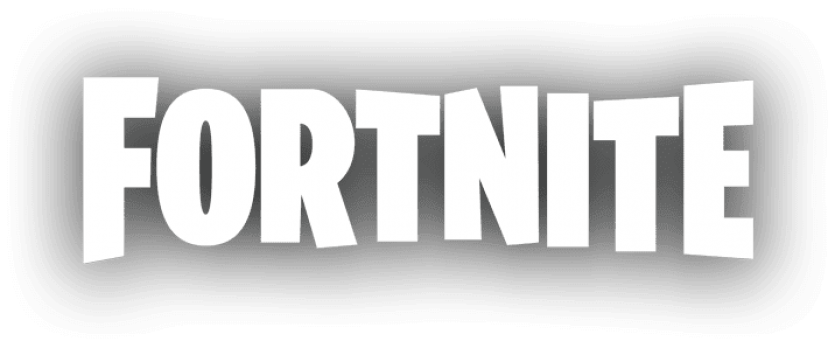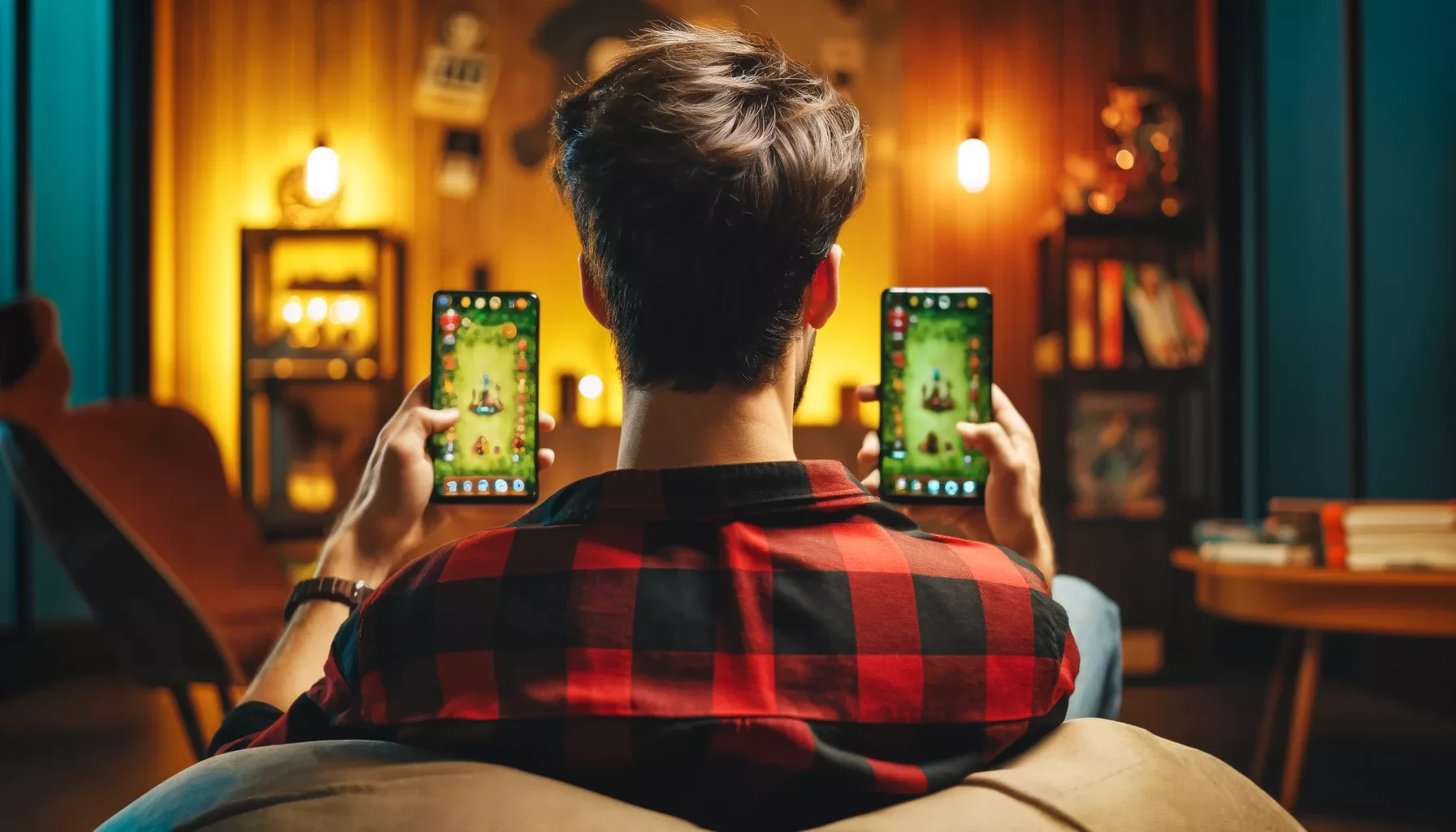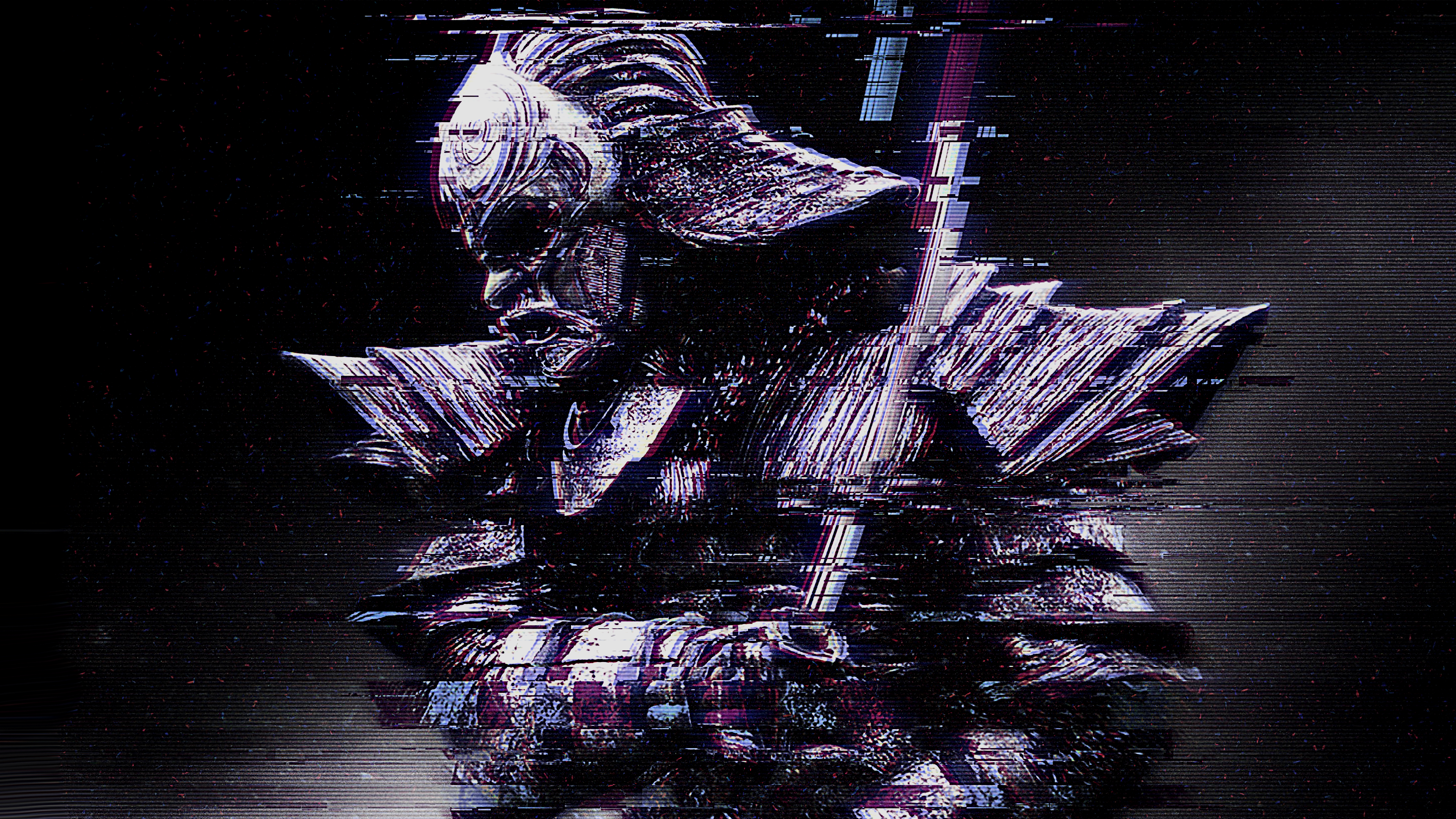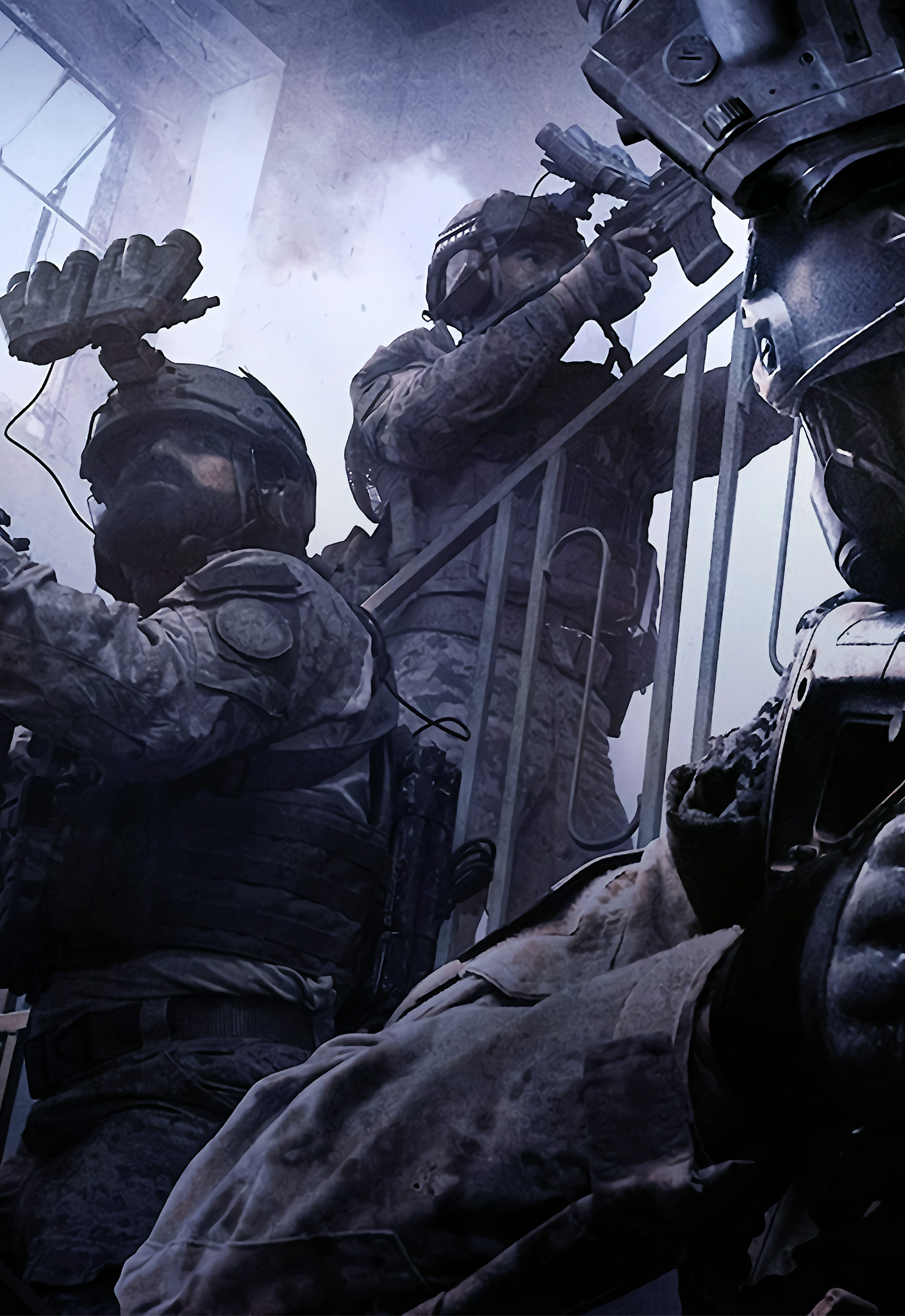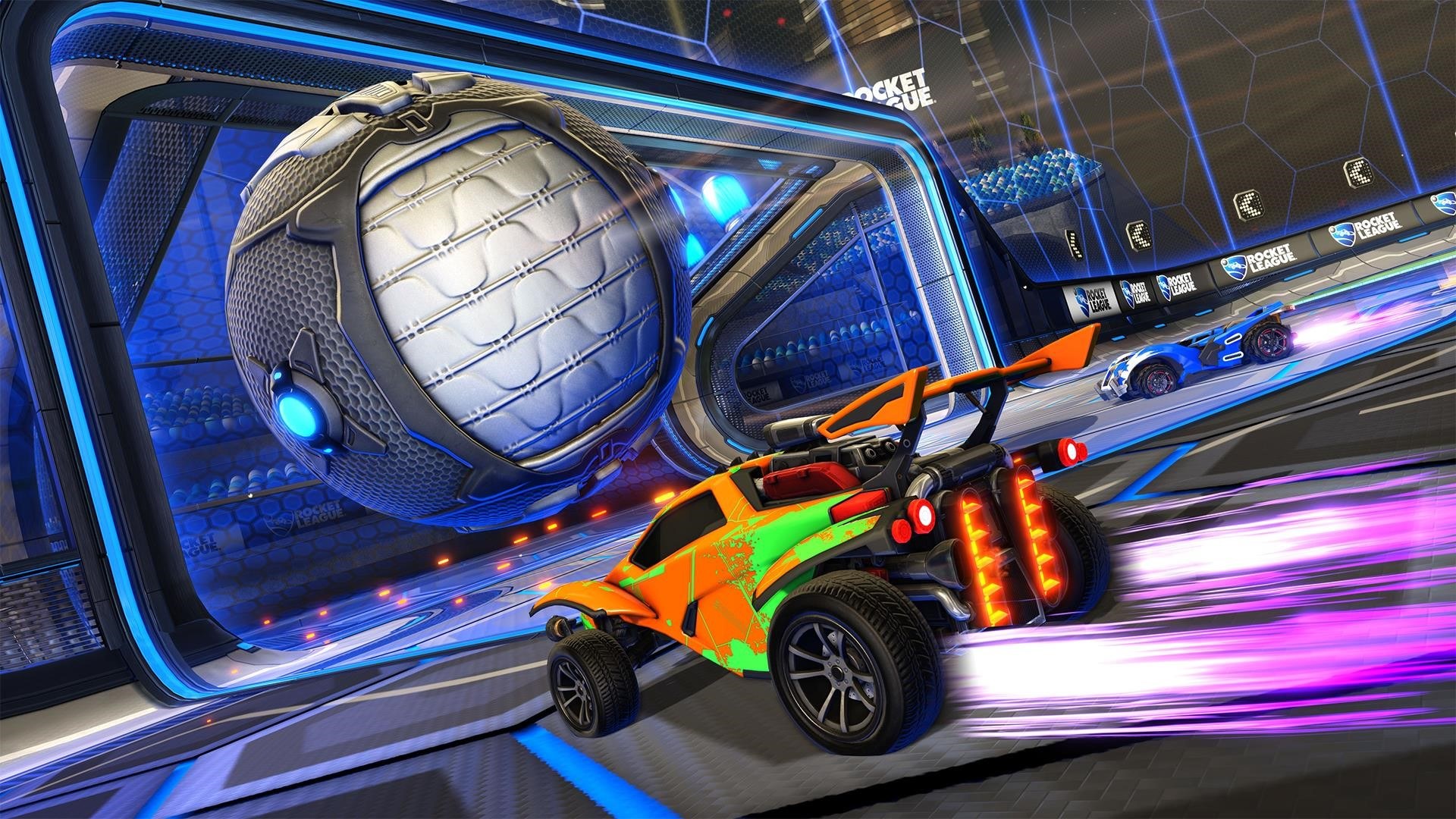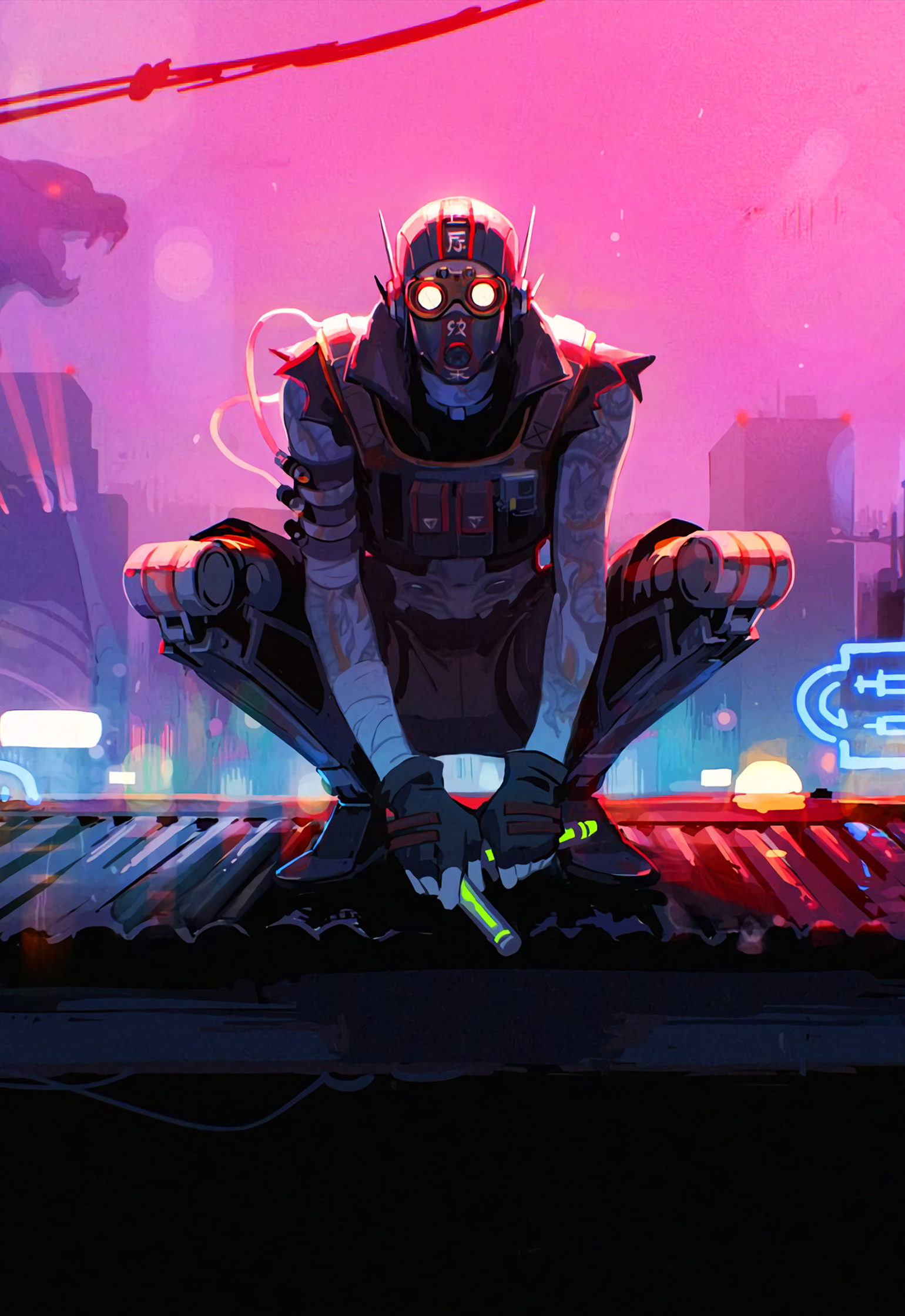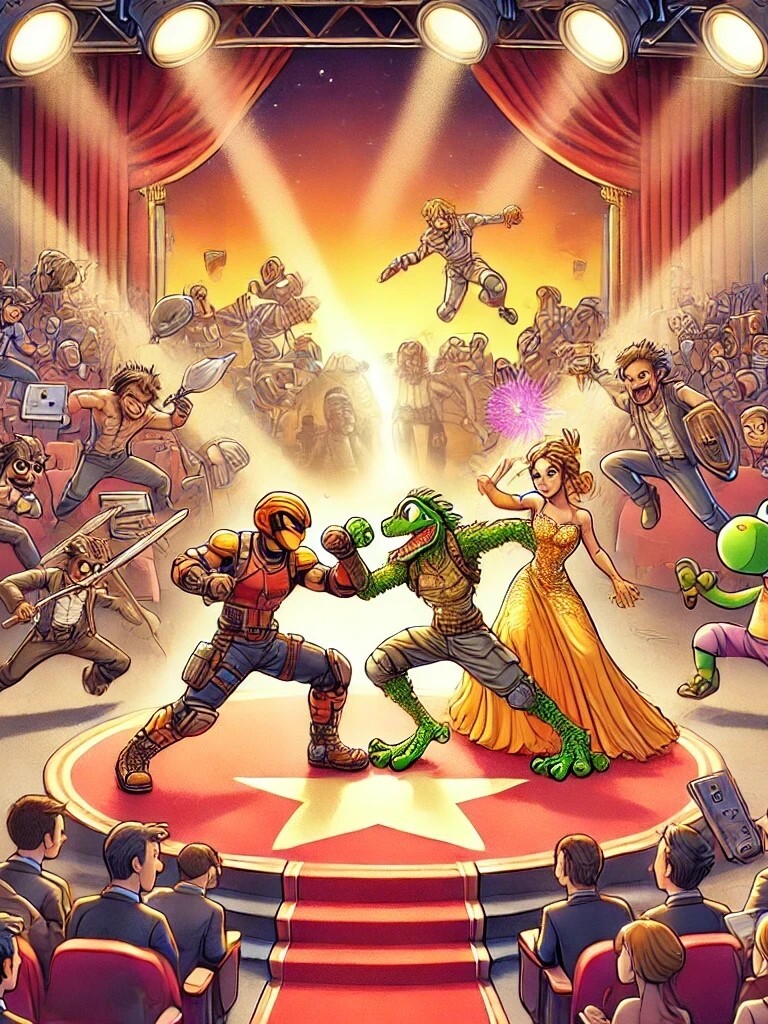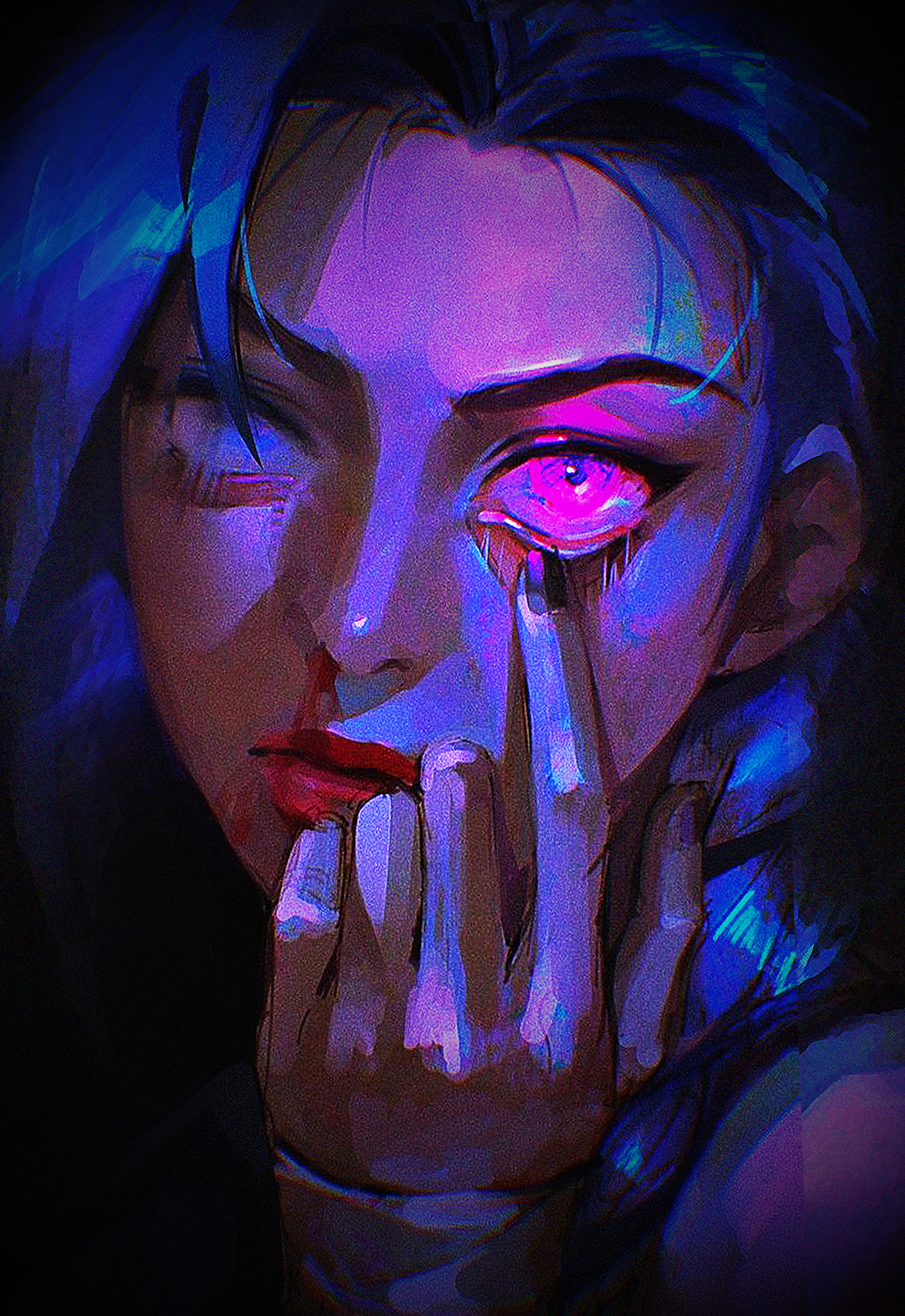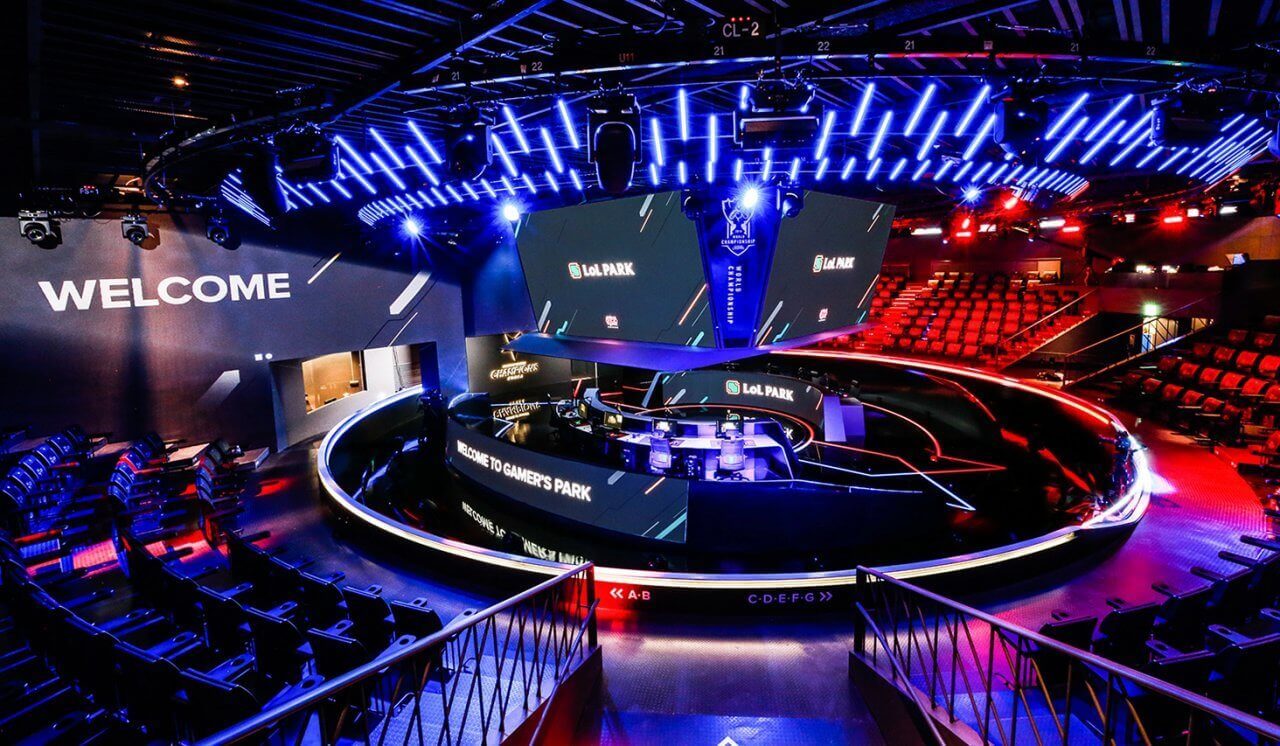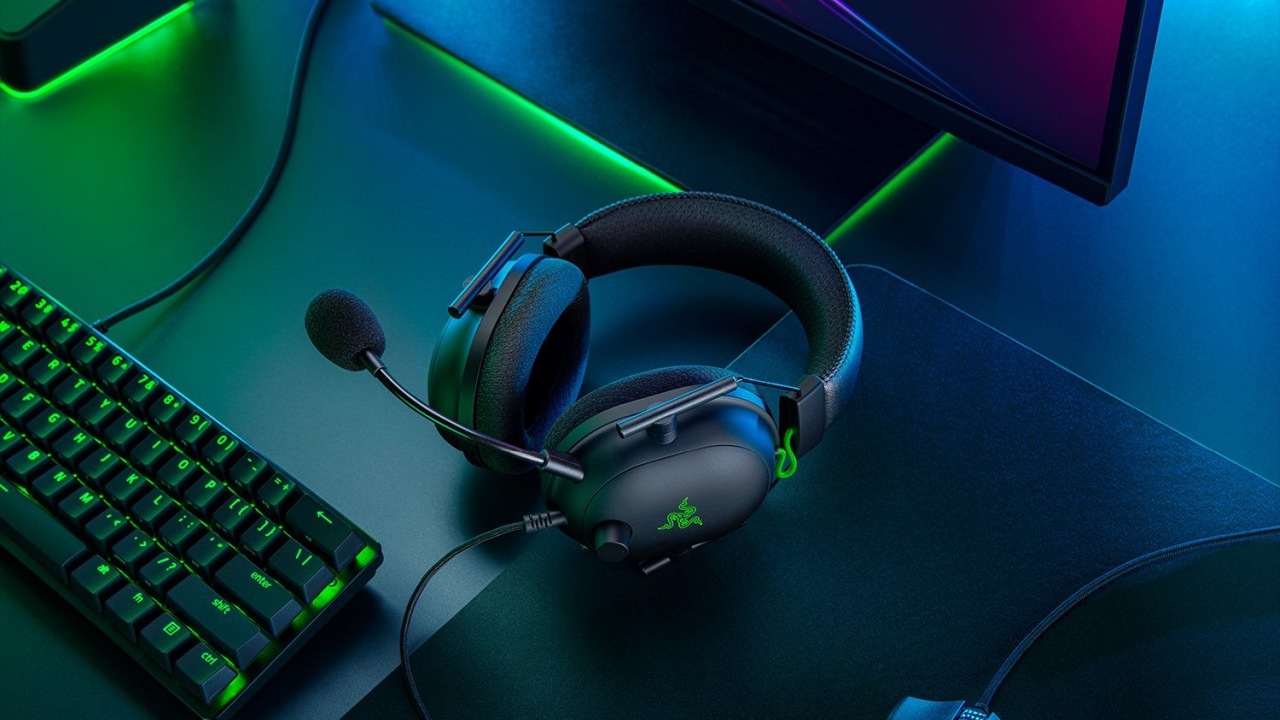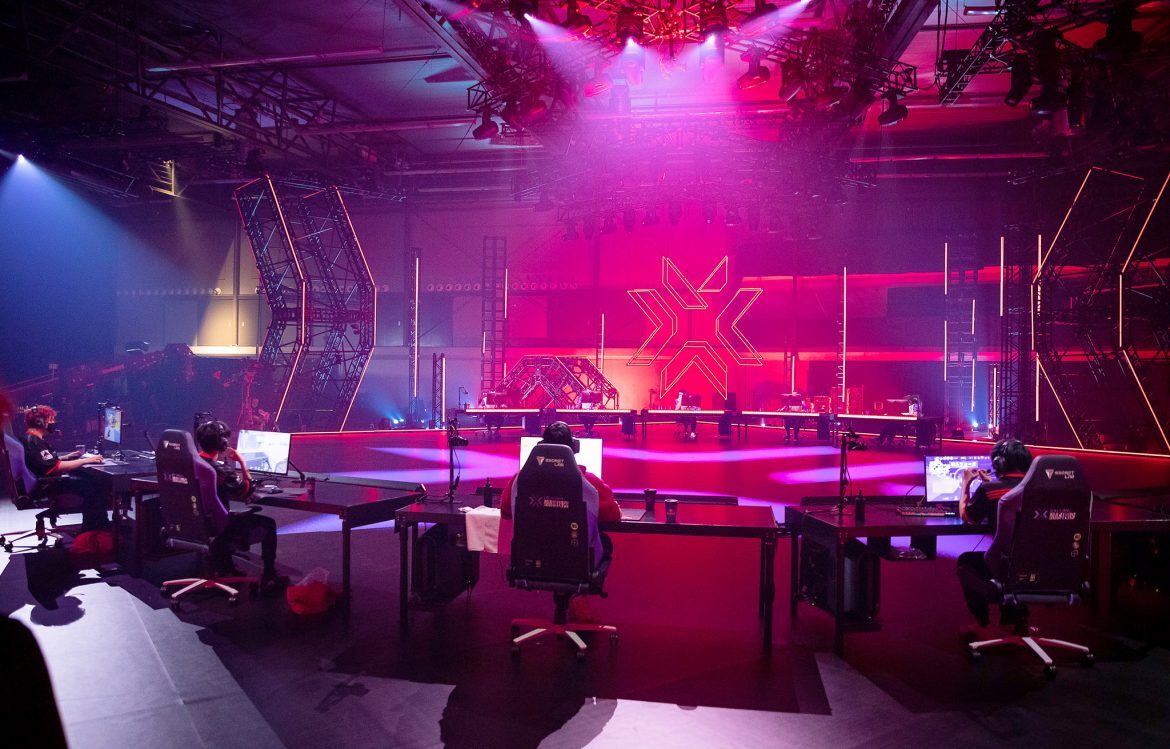Sliding off the face of the earth...
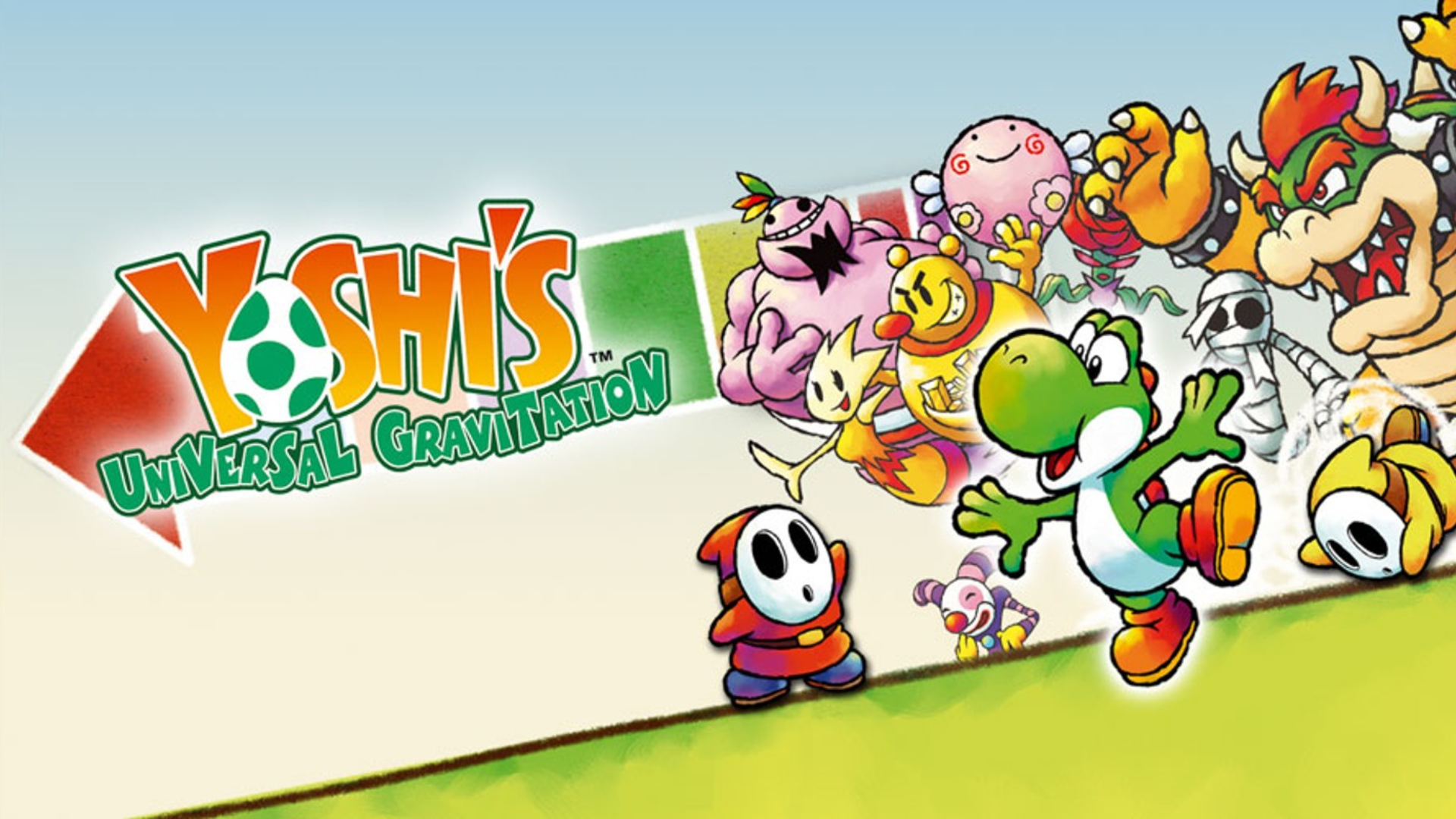
While the first Yoshi's Island (1995) was one of the best-received (and best-sounding) SNES games, its Nintendo 64 successor Yoshi's Story (1997) – although still a good game – played markedly different, alienating some fans of the green dinosaur's first platforming adventure.
With this in mind, it may be somewhat surprising to learn that for the next entry in the series, Nintendo leaned more towards the Story style while introducing a new central gameplay gimmick that would go on to render any future rereleases of the game nearly impossible.
Familiar Settings
Yoshi's Story deviated from Yoshi's first solo adventure in that players didn't complete levels by simply jumping through an obstacle course to reach the end; instead, a certain objective in the level had to be met (usually eating enough fruit to gain happiness points). Baby Mario was also absent, meaning that player failure wasn't determined by the infant being stolen from Yoshi's back, but instead by him losing all petals on his flower health meter.
When Nintendo went on to develop their Game Boy Advance (home to multiple neglected & forgotten sequels), they tested out the handheld's power by developing a small tech demo resembling a port of Yoshi's Story. While nothing except the demo directly came from this project, it may have served as the inspiration for the real Yoshi game that would be released late in the console's life cycle.
Developed by Japanese studio Artoon, 2004's Yoshi's Universal Gravitation (referred to as Yoshi Topsy-Turvy in North America) takes a lot of inspiration from the Nintendo 64 games, but features plenty of its own ideas that made its gameplay unique compared to any other platformers at the time.
World-Shaking Gameplay
Like in Yoshi's Story, this game features the home island of the Yoshis being transformed into a picture pop-up book (a returning art style concept). Unlike the previous game, however, it's not Baby Bowser directly at fault here. Instead, a fully-grown Bowser was causing chaos on the island, leading a book spirit called Hongo to trap the entire place. He can only be convinced to release them if Yoshi defeats Bowser and appeases the many other spirits on the way.
These spirits all provide different types of missions (eating fruit, defeating enemies, collecting coins...) which reward players with medals depending on their performance. Yoshi's abilities like the flutter jump and swallowing enemies return from the previous games, though notably, egg-throwing is absent here.
Instead, he can now manipulate the titular Universal Gravitation: Thanks to the cartridge's built-in tilt sensor, gravity in the game will shift depending on how players hold their Game Boy Advance system, for example allowing Yoshi to walk up walls, causing avalanches or raising the water level.
Anachronistic Innovation
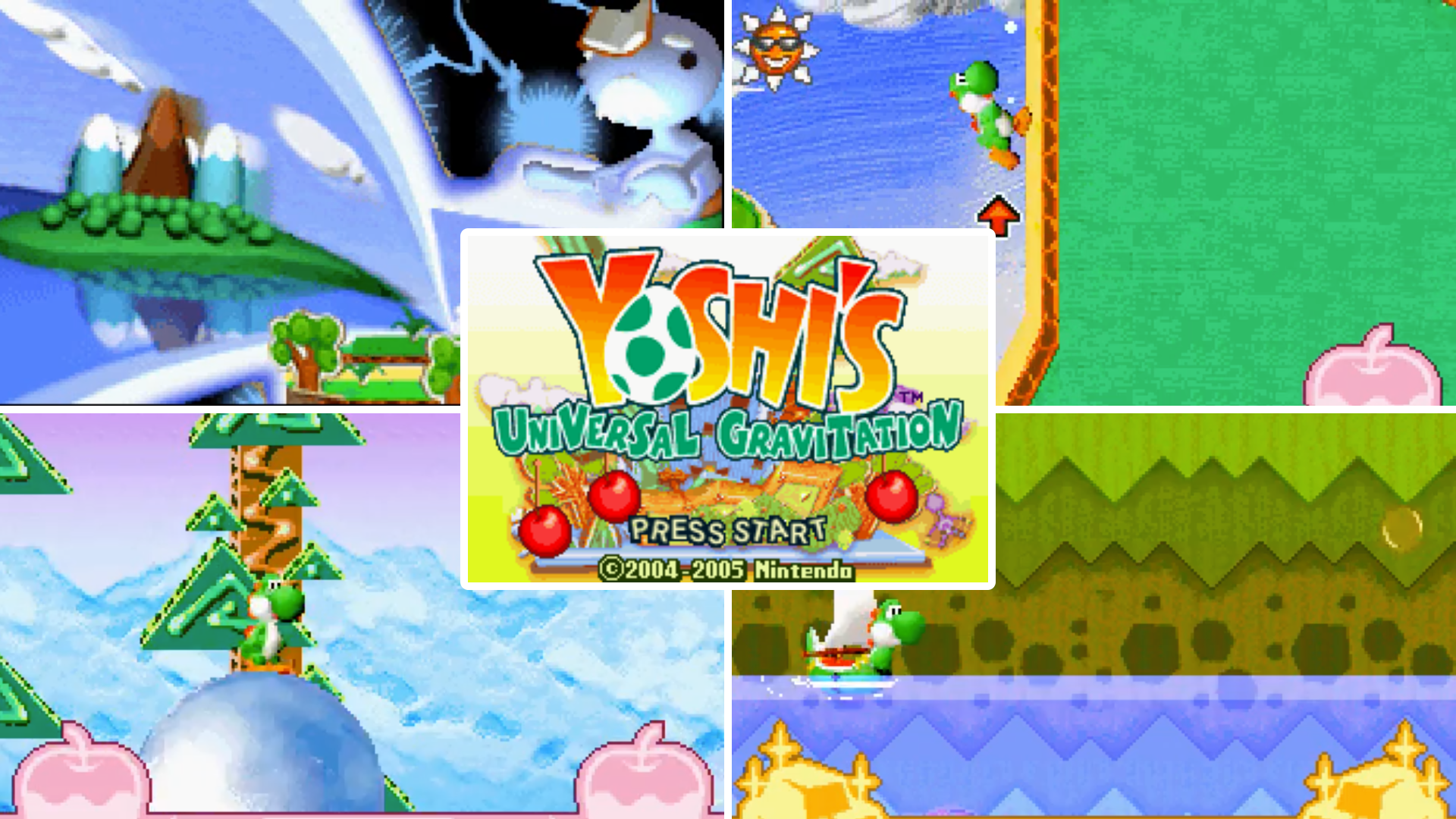
While this concept was novel for its time, seeing as platformers with motion controls weren't really a thing until the release of the Nintendo Wii, the gravity manipulation in Yoshi's Universal Gravitation can be finicky if not calibrated properly. The presentation also suffered from attempting to imitate Yoshi's Story on vastly inferior hardware, contributing to the game's underwhelming critical reception.
For Nintendo, this "black sheep" status seemingly couldn't justify going through the headache of trying to emulate the tilt-sensor of the original cartridge for any future Virtual Console or Nintendo Classics re-release, explaining why we've not seen the game since.
In fact, none of the Game Boy Advance games with a built-in tilt sensor – namely Koro Koro Puzzle Happy Panechu! (2002) and WarioWare: Twisted! (2004) – have ever been rerelased. However, a Game Boy Color game using similar technology – Kirby Tilt 'n' Tumble (2000) – was made available on Nintendo Switch through Nintendo Classics in 2023, so maybe all hope isn't lost just yet.
Restoring Playability
Until Nintendo is willing to go through the effort of digitally reconstructing Universal Gravitation's tilt sensor, playing the game via fan-made emulators is likely your best bet. Using some plug-ins, it is possible to bind the original's motion controls to, for example, the gyro sensors built into many later Nintendo controllers.
If you'd rather avoid the motion controls entirely, there are several fan-developed "no tilt" patches that allow titlting the game world in different directions by pressing certain buttons instead.
Thanks to other modding efforts, Universal Gravitation's music can be also be added to Super Mario World and same goes for some of its elements in Party Project. But if we really want to see this game's many original characters again in full capacity, we'll have to wait for Nintendo to finally leave their comfort zone when it comes to GBA emulation.
